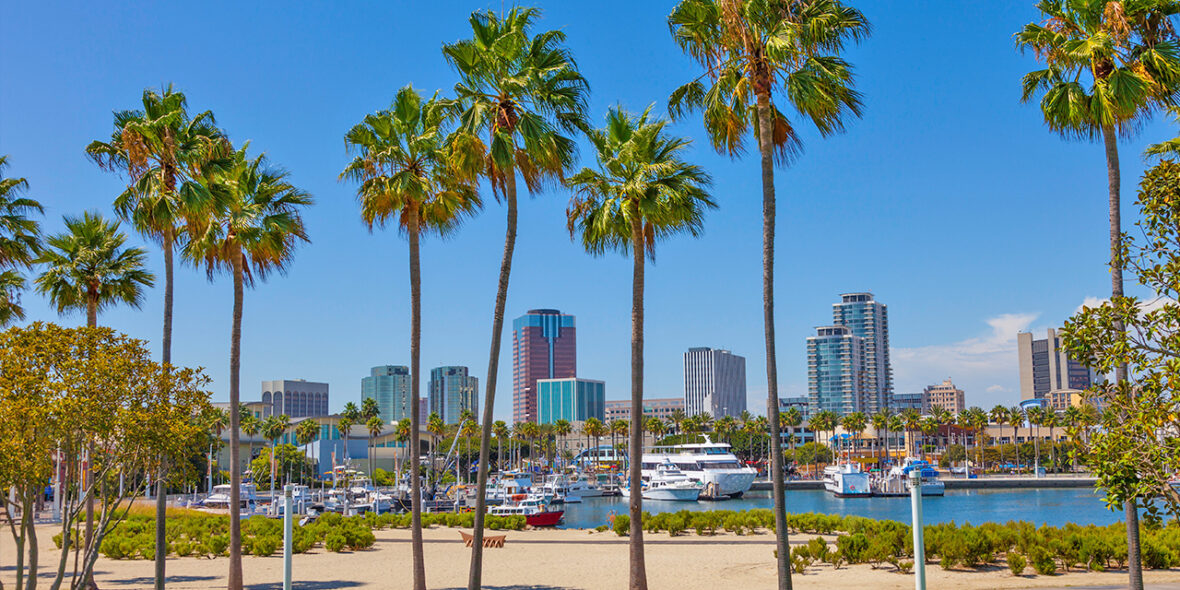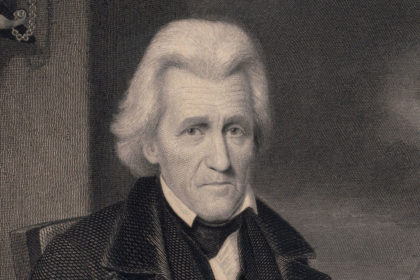Long Beach is a city in Los Angeles County, California. Take a look below for 20 fascinating and interesting facts about Long Beach, California, United States.
1. It is the 42nd-most populous city in the United States, with a population of 466,742 as of 2020.
2. A charter city, Long Beach is the seventh-most populous city in California.
3. Incorporated in 1897, Long Beach lies in Southern California in the southern part of Los Angeles County.
4. Long Beach is approximately 20 miles (32 km) south of downtown Los Angeles, and is part of the Gateway Cities region. The Port of Long Beach is the second busiest container port in the United States and is among the world’s largest shipping ports.
5. The city is over an oilfield with minor wells both directly beneath the city as well as offshore.
6. The city is known for its waterfront attractions, including the permanently docked RMS Queen Mary and the Aquarium of the Pacific.
7. Long Beach also hosts the Grand Prix of Long Beach, an IndyCar race and the Long Beach Pride Festival and Parade. California State University, Long Beach, one of the largest universities in California by enrollment, is within the city.
8. Indigenous people have lived in coastal Southern California for over 10,000 years, and several successive cultures have inhabited the present-day area of Long Beach. By the 16th-century arrival of Spanish explorers, the dominant group was the Tongva people.
9. They had at least three major settlements within the present-day city. Tevaaxa’anga was an inland settlement near the Los Angeles River, while Ahwaanga and Povuu’nga were coastal villages. Along with other Tongva villages, they were forced to relocate in the mid-19th century due to missionization, political change, and a drastic drop in population from exposure to European diseases.
10. In 1784, the Spanish Empire’s King Carlos III granted Rancho Los Nietos to Spanish soldier Manuel Nieto. The Rancho Los Cerritos and Rancho Los Alamitos were divided from this territory. The boundary between the two ranchos ran through the center of Signal Hill on a southwest to northeast diagonal.
11. A portion of western Long Beach was originally part of the Rancho San Pedro. Its boundaries were in dispute for years, due to flooding changing the Los Angeles River boundary between Rancho San Pedro and Rancho Los Nietos.
12. A portion of western Long Beach was originally part of the Rancho San Pedro. Its boundaries were in dispute for years, due to flooding changing the Los Angeles River boundary between Rancho San Pedro and Rancho Los Nietos.
13. A portion of western Long Beach was originally part of the Rancho San Pedro. Its boundaries were in dispute for years, due to flooding changing the Los Angeles River boundary between Rancho San Pedro and Rancho Los Nietos.
14. Following the U.S. Conquest of California, Temple had his Rancho Los Cerritos deeded to him by the Public Land Commission. In 1866, Temple sold Rancho Los Cerritos for $20,000 to the Northern California sheep-raising firm of Flint, Bixby & Company, which consisted of brothers Thomas and Benjamin Flint and their cousin Lewellyn Bixby.
15. Two years previous Flint, Bixby & Co had also purchased along with Northern California associate James Irvine, three ranchos which would later become the city that bears Irvine’s name. To manage Rancho Los Cerritos, the company selected Lewellyn’s brother Jotham Bixby, the “Father of Long Beach”.
16. Three years later, Bixby bought into the property and would later form the Bixby Land Company. In the 1870s, as many as 30,000 sheep were kept at the ranch and sheared twice yearly to provide wool for trade. In 1880, Bixby sold 4,000 acres (16 km2) of the Rancho Los Cerritos to William E. Willmore, who subdivided it in hopes of creating a farm community, Willmore City. He failed and was bought out by a Los Angeles syndicate that called itself the “Long Beach Land and Water Company”. They changed the name of the community to Long Beach at that time.
17. The City of Long Beach was officially incorporated in 1897. The town grew as a seaside resort with light agricultural uses.
18. The Pike was the most famous beachside amusement zone on the West Coast from 1902 until 1969; it offered bathers food, games and rides, such at the Sky Wheel dual Ferris wheel and Cyclone Racer roller coaster. Gradually the oil industry, Navy shipyard and facilities and port became the mainstays of the city. In the 1950s it was referred to as “Iowa by the sea”, due to a large influx of people from that and other Midwestern states. Huge picnics for migrants from each state were a popular annual event in Long Beach until the 1960s.
19. Another Bixby cousin, John W. Bixby, was influential in the city. After first working for his cousins at Los Cerritos, J.W. Bixby leased land at Rancho Los Alamitos. He put together a group: banker I.W. Hellman, Lewellyn and Jotham Bixby, and him, to purchase the rancho. In addition to bringing innovative farming methods to the Alamitos (which under Abel Stearns in the late 1850s and early 1860s was once the largest cattle ranch in the US), J.W. Bixby began the development of the oceanfront property near the city’s picturesque bluffs.
20. Under the name Alamitos Land Company, J.W. Bixby named the streets and laid out the parks of his new city. This area would include Belmont Heights, Belmont Shore and Naples; it soon became a thriving community of its own. J.W. Bixby died in 1888 of apparent appendicitis. The Rancho Los Alamitos property was split up, with Hellman getting the southern third, Jotham and Lewellyn, the northern third, and J.W. Bixby’s widow and heirs keeping the central third.




